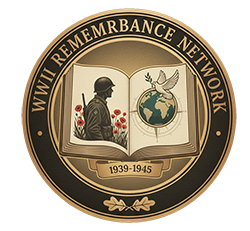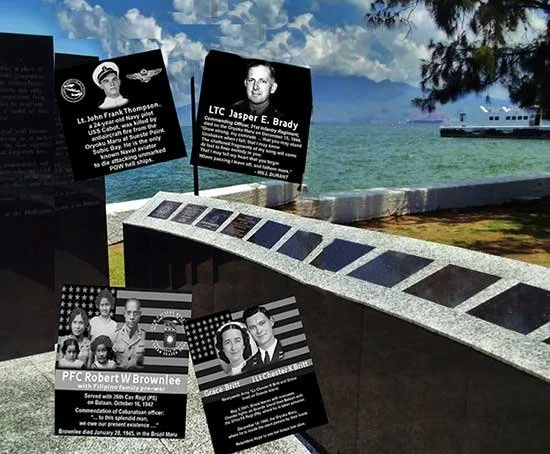
A place of remembrance and truth for the thousands of Allied prisoners of war who perished aboard Japanese hellships.
“Lest We Forget”
The Hellships Memorial in Subic Bay honors over 20,000 Allied prisoners of war who perished aboard unmarked Japanese transport ships during World War II. These “Hellships” were floating prisons—overcrowded, unventilated, and targeted by friendly fire.
This memorial stands as a place of remembrance, truth, and education—ensuring their suffering is never forgotten and their stories are never lost.
We are creating a Memorial to the Montevideo Maru
Artist’s conception
We are building a coastal memorial near the waters where the Montevideo Maru lies, to honor over 1,000 prisoners of war and civilians who perished on 1 July 1942.
Establishment of the Hellships Memorial
Gerald Anderson, is a retired US Navy officer who became interested in the Hellships while stationed at the US Naval Station, Subic Bay, working in an office located less than 500 meters from the resting place of one the most notorious hellships, the Oryku Maru. After retirement, Mr Anderson returned to the Philippines and began a fund raising program to build a fitting memorial to the POWs who suffered so much as prisoners of the Japanese.
Memorial Plaques
Italian Black Granite memorial plaques are permanently installed at the Hellships Memorial site, each bearing the names of prisoners of war who perished aboard specific Japanese transport vessels. These plaques serve not only as historical records but as sacred tributes, giving voice to those lost at sea with no known grave. Crafted to withstand the elements, they stand as enduring symbols of remembrance—etched in metal, anchored in memory, and intended to ensure that future generations never forget the human cost of war.
Dedication of the Hellships Memorial
On 22 January 2006, after two years of hard work, the monument was dedicated by SBMA Chairman Feliciano Salonga with a key note speech by Duane Heisinger, whose father had been a POW on one of the Hellships.
Waterfront Rd, Subic Bay Freeport Zone
Subic Bay Freeport Zone, Philippines.
The Hellships Memorial is located on the Subic Bay Freeport (SBF), which forms part of Luzon Sea on the west coast of the island of Luzon in Zambales, Philippines, about 100 kilometers northwest of Manila Bay. The memorial is located on the shoreline near the headquarters of the SBF, Bldg 229.
The sunken remains of the Oryoku Maru lie about 500 yards from the site
Contact
Feel free to contact us with any questions.
Email
info@hellshipsmemorial.org
Phone
(63) 928 281 7629





